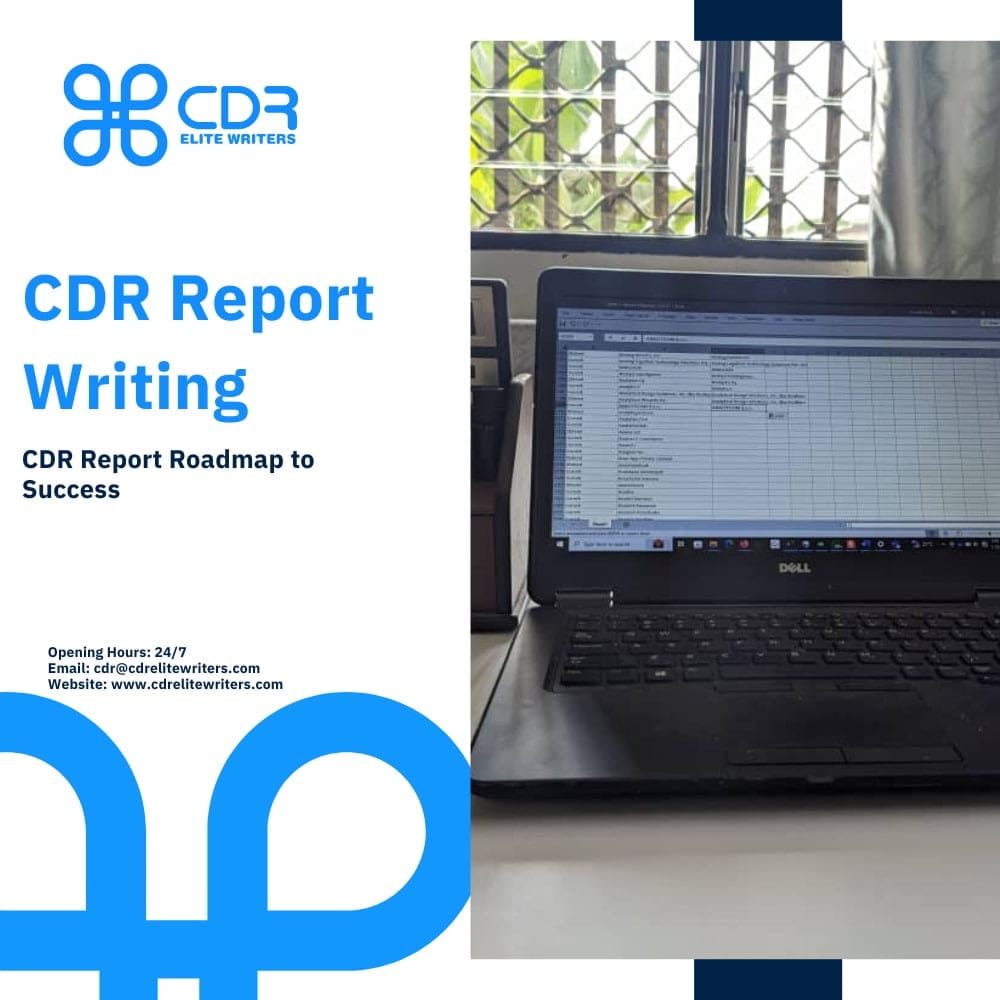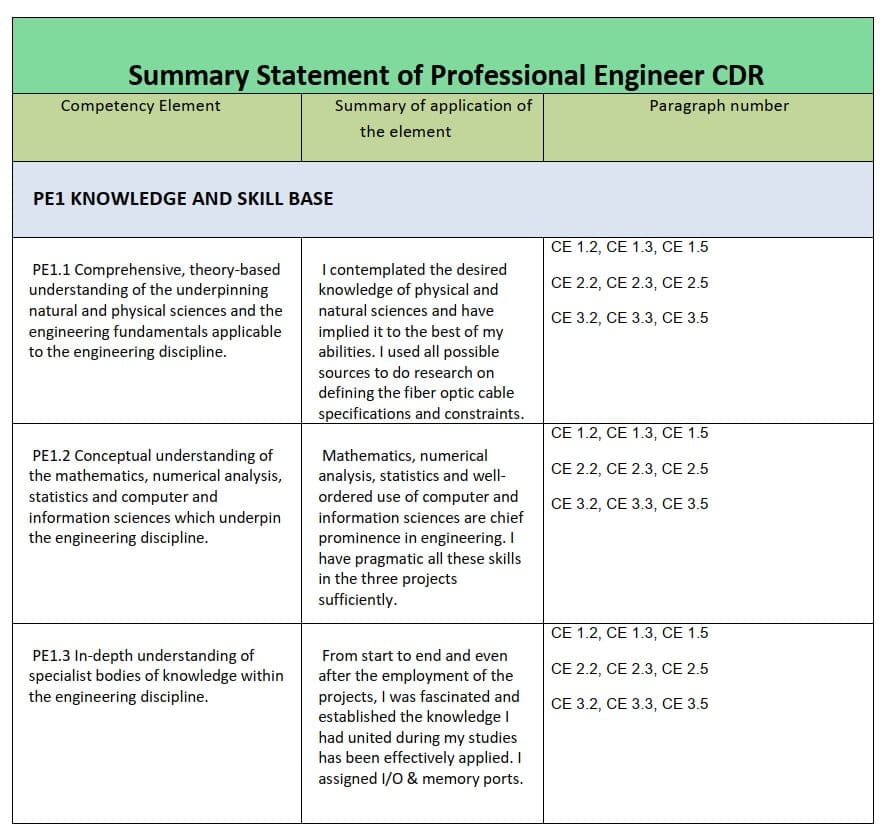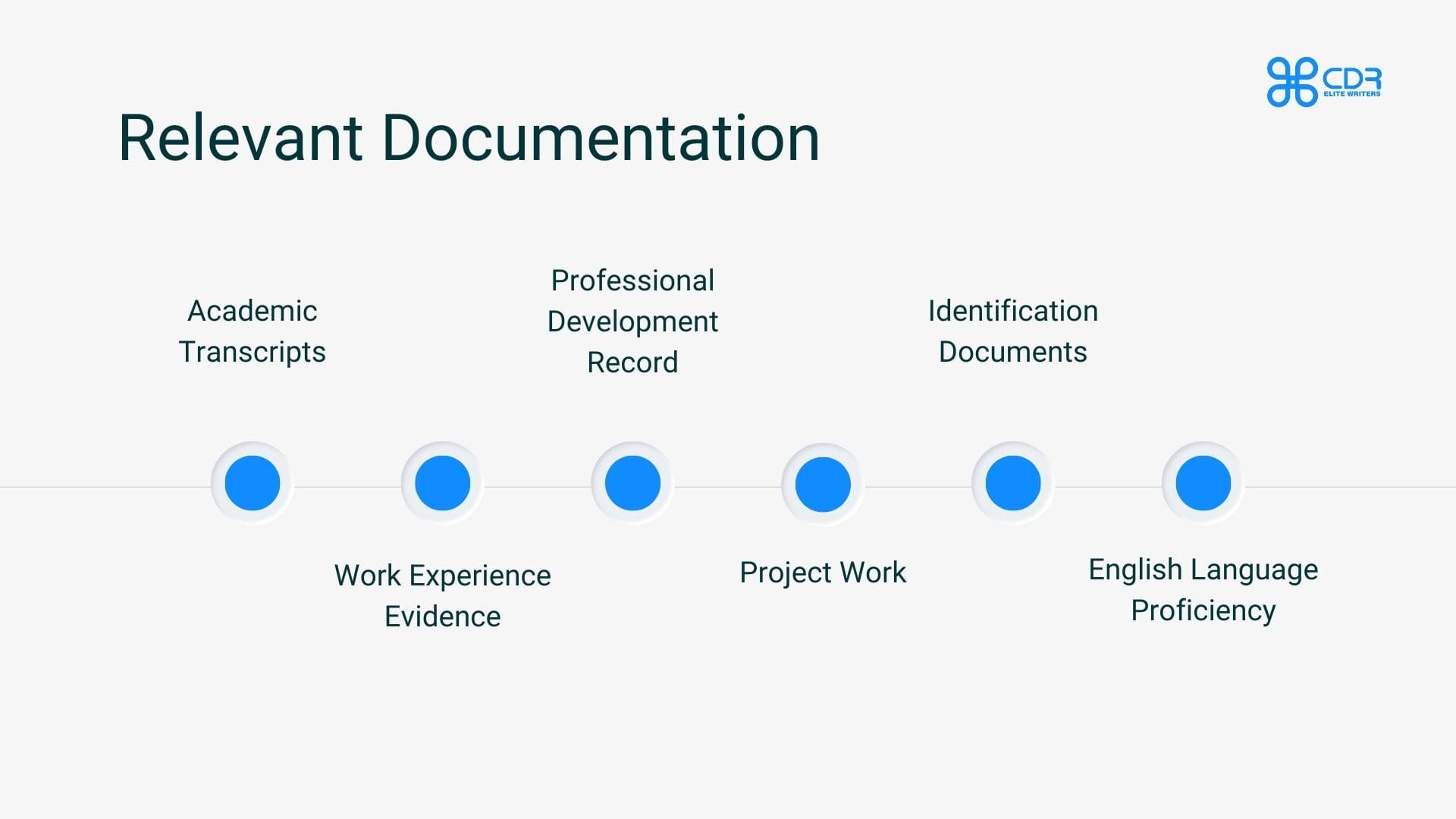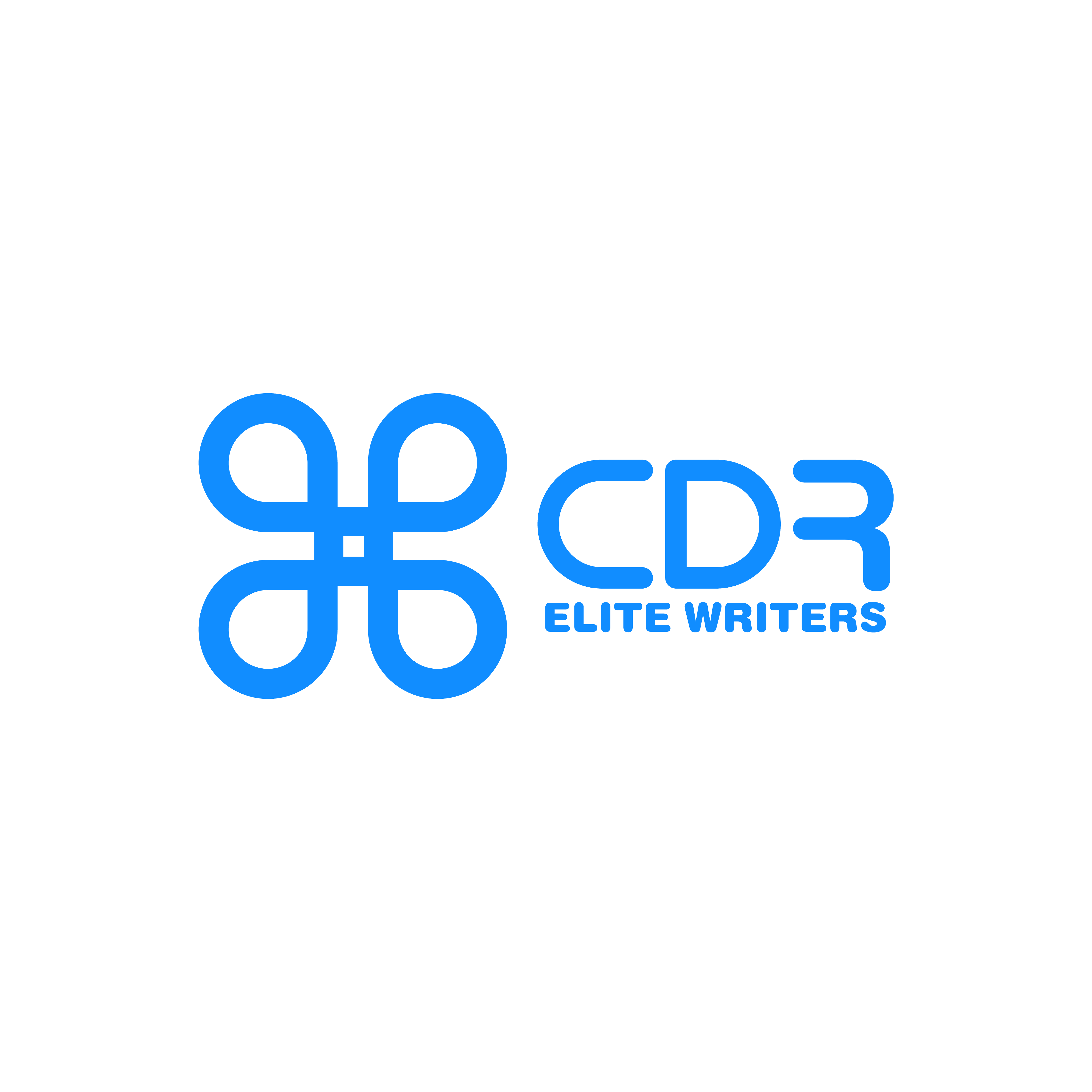Definition of CDR Report
A Competency Demonstration Report (CDR) is a document Engineer Australia requires to assess the qualifications of engineers seeking migration or accreditation. It is a formal assessment tool that highlights applicants’ skills, knowledge, and experiences in a structured format. Key elements include detailed accounts of engineering experiences, professional development, and a summary statement of demonstrated competencies. Following Engineer Australia’s guidelines help candidates effectively present their qualifications for migration or accreditation.

Understanding the Elements of a CDR Report
Career Episodes
A career episode accounts for your engineering education and or work experience. Three detailed accounts of specific engineering projects or experiences must be provided. Each episode should demonstrate different competencies and illustrate the candidate’s role, responsibilities, and outcomes of the projects.
Each career episode:
- Must be written in English
- Must have a minimum of 1000 words and a maximum of 2500 words.
- Must focus on a different period or aspect of your engineering activity.
- Should focus on how you applied your engineering knowledge and skills in the nominated occupation. That is,
- State what you did and describe how you did it,
- Emphasising your role in the episode (for example, “I designed” or “I investigated”).
Career episodes based on work experience must be accompanied by evidence of employment. These documents should be uploaded to the “Employment” section of your online application.
Each paragraph in each of your career episodes must be numbered. This is necessary to construct the Summary Statement. The following system is recommended:
- Career episode 1 (paragraphs 1.1, 1.2, 1.3, etc.)
- Career episode 2 (paragraphs 2.1, 2.2, 2.3, etc.)
- Career episode 3 (paragraphs 3.1, 3.2, 3.3, etc.)
Continuing Professional Development (CPD)

The Continuing Professional Development (CPD) is any sort of training or learning that helps to expand your knowledge, maintain your technical skills and progress your engineering career.
Good Continuing Professional Development should help you to:
- Maintain your technical competence
- Retain and enhance your workplace effectiveness
- Learn good leadership skills and how to mentor others
- Successfully deal with career challenges
- Better serve the community
Your CPD must be provided in table format (title, date, duration, venue and organiser) and should not be more than one A4 page. It must include:
- Any tertiary course taken as an individual course or for a formal post-graduate award
- Short courses, workshops, seminars, conferences, technical inspections and meetings
- Workplace learning activities that extend competence in your area of practice or area of engineering
- Private study that extends your knowledge and skill
- Service to the engineering profession
- Preparation and presentation of materials for courses and conferences
- Tertiary teaching or academic research
The CDR Summary Statement

In the CDR Summary Statement, the paramount objective is to meticulously correlate the competencies claimed in your Career Episodes with the competency elements required by Engineers Australia. You must:
- Map out Competencies: Diligently cross-reference each paragraph of your Career Episodes to the corresponding competency element. It is incumbent upon you to ensure no competency is overlooked.
- Demonstrate Analytical Abilities: Cogently articulate how the evidence provided within your Career Episodes meets the Engineers Australia’s competency standards. Your examples must be concrete, specific, and indicative of professional engineering practices.
- Use Precise Indicators: Employ the prescribed indicators and categories from the EA guidelines to directly match your demonstrated capabilities. This presupposes a thorough grasp of the EA competency elements, which should be reflected in your correspondence.
- Exemplify Continuing Competence: Your Summary Statement must not only present past achievements but also endorse your continuous ability to apply these competencies in future engineering contexts.
Research indicates that nearly 50% of rejected CDRs are due to insufficient evidence of applied engineering knowledge and skills.
Preparing to Write Your Competency Demonstration Report
Gathering Relevant Documentation: What You Need Before You Begin

- Academic Transcripts: Ensure these documents are accurate and encapsulate the entirety of your engineering education.
- Work Experience Evidence: letters of employment, job descriptions, and references that corroborate your engineering roles and responsibilities throughout your career. Each document should be linked to the projects you plan to discuss in your Career Episodes.
- Professional Development Records: Certificates and records of attendance for all formal and informal professional development activities relevant to the engineering field. This evidentiary material will substantiate your claims in the CPD section of the CDR.
- Project Work: A comprehensive portfolio including project reports, drawings, designs, and any relevant engineering work that validates your hands-on experience and technical skills.
- Identification Documents: A passport or national identity card.
- English Language Proficiency: If applicable, obtain results from English language tests like IELTS or TOEFL, as proficiency in English is a criterion for Engineers Australia’s assessment.
Understanding the Engineers Australia Guidelines: Staying Compliant with EA’s Requirements
Before you commence the drafting of your Competency Demonstration Report (CDR), it is critical that you thoroughly understand the guidelines set forth by Engineers Australia (EA). To ensure adherence to these guidelines, you must:
- Review the Migration Skills Assessment Booklet: Familiarize yourself with the latest version of this booklet provided by Engineers Australia, which outlines all requirements for CDR submission.
- Follow the Recommended Format: The EA guidelines prescribe a specific format for your CDR Report, including section headings and word limits, which must be strictly adhered to.
- Comply with Professional Standards: As an engineer, you are expected to adhere to ethical and professional standards set by Engineers Australia, which should be reflected in your CDR Report.
- Ensure Originality of Work: Plagiarism is strictly prohibited in the submission of a CDR Report. All work must be original and accurately represent your own experiences and competencies.
Common Pitfalls to Avoid

When preparing a CDR Report, many candidates encounter specific pitfalls that can negatively impact their assessment outcome. To enhance the effectiveness of a CDR, engineers should be mindful of the following common mistakes:
- Insufficient Detail in Career Episodes: One of the most significant errors is providing overly general descriptions of experiences. Each Career Episode should include specific examples of tasks, challenges faced, and solutions implemented. Vague statements do not demonstrate true competency.
- Neglecting the CPD Component: Failing to include a well-documented Continuous Professional Development (CPD) section can lead to a lack of clarity regarding the candidate’s commitment to ongoing learning. It’s essential to thoroughly detail all relevant professional development activities.
- Ignoring Formatting and Structure Guidelines: Engineers Australia has strict formatting and structure requirements. Not adhering to these can result in immediate rejections. It is crucial to follow the prescribed guidelines closely, ensuring that the report is not only thorough but also professionally presented.
- Using Jargon or Undefined Technical Terms: While technical language may be appropriate in some contexts, it’s important to remember that assessors may not be familiar with every term. Providing clear explanations and avoiding unnecessary jargon can improve the report’s accessibility.
- Plagiarism or Inadequate Originality: Submitting a CDR Report that is overly reliant on templates or past reports can raise red flags regarding originality. Each report should reflect the unique experiences and insights of the individual engineer.
The Consequences of a Poorly Prepared CDR Report
It cannot be stressed enough that proper preparation and adherence to guidelines are crucial in the creation of a successful CDR Report sample. Failure to comply with EA’s requirements or submitting a poorly written report can result in disqualification of your application for a Skilled Migration Visa.
Some potential consequences of an inadequately prepared Competency Demonstration Report include:
- Delays in visa processing
- Negative assessment outcome
- A permanent record of rejection
If your CDR is rejected, it will be recorded by Engineers Australia and may affect future visa applications or professional accreditation. It is crucial to avoid this scenario by following guidelines and submitting a well-written report.
The Submission Process: Step-by-Step Guidelines
- Compilation of Documents: Begin by compiling all required documents, including your CDR, resume, English language test results, and academic records. Ensure that each document adheres to the specified criteria.
- Review and Update Your CDR: Before submission, thoroughly review your Competency Demonstration Report for any inconsistencies or errors. Update your Career Episodes and Summary Statement to reflect the most accurate representation of your skills and experience.
- Final Verification: Double-check your entire application package for completeness and accuracy. This includes verifying that all evidence supporting your claimed competencies is present and correctly referenced within your CDR.
- Submission to Engineers Australia: Submit your CDR application through Engineers Australia’s designated online portal. Make sure the submission is done well before the deadline to account for any unforeseen issues that may arise.
- Payment of Assessment Fee: Upon submission, you will be prompted to pay the assessment fee. Be aware of the current fee structure and have the necessary amount ready for payment to avoid delays in processing your application.
- Confirmation of Receipt: After successful submission, you will receive a confirmation email. This email signifies that the assessors are now considering your application.
- Communicate and Respond: Stay vigilant for any communication from Engineers Australia. If further information or clarification is requested, respond promptly and precisely to avoid any negative impact on your assessment.
- Awaiting the Assessment Outcome: The assessment process can be lengthy. Exercise patience and refrain from submitting multiple inquiries about the status of your application, as this will not expedite the process.
- Receiving the Outcome: Once the assessment is complete, you will receive a notification regarding the outcome. If successful, you proceed to the next steps in your visa application. If unsuccessful, analyze the feedback provided, address the areas of concern, and consider resubmitting your application.
What to Expect After Submission: Assessment, Feedback, and Further Steps in the Immigration Journey
After you have diligently submitted your Competency Demonstration Report (CDR) to Engineers Australia, it is crucial to understand the assessment process and potential outcomes. Here are the steps you can anticipate following the submission:
- Assessment Period: Engineers Australia will assess your CDR to ascertain if your engineering skills and knowledge meet Australian standards. The duration of this process varies, and patience is essential.
- Notification of Assessment: Once your CDR is assessed, you will receive notification of the outcome. This assessment will detail whether your application meets the required criteria for the Skilled Migration Visa.
- Interpreting Feedback: Should your application not be accepted, pay close attention to the feedback provided. It is imperative to understand the deficiencies noted so you can address them thoroughly in the case of reapplication.
- Further Documentation or Clarification: Occasionally, Engineers Australia may request additional documentation or clarification. Respond to such requests promptly and accurately to avoid any detrimental impact on your application.
- Potential Invitation to Interview: In some instances, you may be invited for an interview to provide further evidence of your competencies. Treat this as an opportunity to bolster your application and showcase your professional capabilities.
- Reapplication Considerations: If you need to reapply, incorporate the feedback meticulously and ensure that all areas of concern are comprehensively addressed in your revised submission.
- Visa Application: Upon a successful assessment, you can proceed with your visa application. This involves coordination with the Department of Home Affairs and adherence to their criteria and timelines.
- Maintain Updated Records: Keep your engineering qualifications and professional development activities current during the immigration process, as these may be reviewed again at various stages.
- Preparation for Relocation: Begin preparations for your relocation to Australia, including employment research, housing arrangements, and familiarization with the responsibilities and opportunities for engineers in the country.
By approaching each phase with the same level of attention to detail and earnestness as you did with your CDR submission, you will navigate the complex terrain of immigration with confidence. Remember, every step is an integral part of your journey towards a successful engineering career in Australia.
Need Help?
Crafting a compelling CDR Report is no easy task, but remember, you’re not alone. If you need assistance, whether it’s understanding the ACS skill assessment occupation list, calculating your Australia skills assessment points, or simply getting a professional eye on your CDR, don’t hesitate to seek help.
CDR Elite Writers, a team of experienced CDR report writers and engineers, are ready to assist you. With a deep understanding of the Engineers Australia CDR requirements, they offer comprehensive CDR writing services in Australia, ensuring your CDR Report Sample stands up to scrutiny and maximises your chances of success.
Whether you’re a budding engineer seeking the best degrees in Australia or a seasoned professional looking to immigrate, remember – your CDR Report Sample is your gateway to an exciting engineering career in Australia. So, ace that summary statement, showcase your skills, and build a Sample CDR Report that’s as robust and impressive as the structures you design.
For more information, visit CDR Elite Writers today. Let us help you build a Sample CDR Report that bridges the gap between your engineering dreams and reality.




